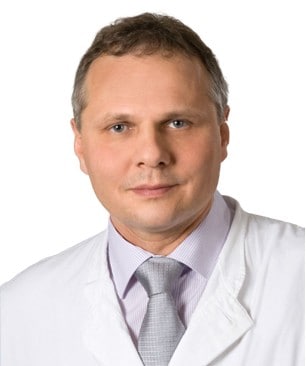Introduction. Causes of PTSD

The main factor contributing to the onset of PTSD is the sudden appearance of a severe trauma which breaks the psychic balance of the affected individual. The quick and massive influx of traumatizing events exceeds the psychological defence not allowing to neutralize the harmful feelings. Violent traumatic events such as accidents, abuse, and disasters break through the Ego defence mechanisms. As a result, people store traumatic memories in their raw, unprocessed form.
Despite of the formative role of the trauma in triggering the onset of PTSD there are several other factors modulating the development of the condition. One of the most important factors is the neurobiology of the brain followed by genetic, environmental, and psychosocial factors.
Trauma the main cause for PTSD
PTSD is believed to be caused by the experience of a wide range of traumatic events. PTSD is likely to be triggered if the trauma is extreme and occurs suddenly. In a survey done after the first Gulf War combat veterans reported that killing an enemy soldier – or even witnessing one getting killed – was more distressing than being wounded oneself. But the very worst experience, by a significant margin, was witnessing a friend dyeing.
Factors adding to PTSD
Not every person exposed to a trauma will develop the symptoms of PTSD. The people more vulnerable to trauma tend to be individuals suffering from pre-existent psychological disorders. According to a study on twins and combat-related PTSD, a twin brother of a person who was not exposed to war trauma but suffers from a psychiatric disorder, is more likely to develop PTSD. This proof that the psychiatric comorbidities increase the risk for PTSD. According to a study published 1989 in the British Journal of Psychiatry individuals who were exposed to traumatizing events in the childhood have much higher risk for PTSD. On the other hand, also people which normal childhood development and without prior exposure to traumatizing events can develop PTSD. The probability of developing PTSD correlates to the intensity of the trauma and the time of the exposer.
Persons considered at risk include, for example, combat military personnel, victims of violent crime or natural disasters, concentration camp survivors, and victims of violent crime. Individuals frequently experience “survivor’s guilt” for remaining alive while others died.
Neuroendocrinology
Dysregulation of the stress system, including the hypothalamic-pituitary-adrenal (HPA) axis and the locus caeruleus/norepinephrine-sympathetic nervous system (SNS), is involved in the pathophysiology of PTSD. The HPA axis that coordinates the hormonal response to stress, which activates the LC-noradrenergic system, is implicated in the over-consolidation of memories that occurs in the aftermath of trauma.
During traumatic experiences the release of high level of stress hormones suppresses hypothalamic activity. Most people with PTSD show a low secretion of cortisol and high secretion of catecholamines in urine, with a norepinephrine/cortisol ratio consequently higher than comparable non-diagnosed individuals.
Such finding shows the difference between PTSD and the normative fight-or-flight response, in which both catecholamine and cortisol levels are elevated after exposure to a stressor. Brain catecholamine levels are high, and corticotropin-releasing factor (CRF) concentrations are high. Other studies demonstrated in individuals with PTSD an elevated corticotropin-releasing hormone and increased plasma catecholamines. PTSD can be the effect of a maladaptive learning pathway to fear response through a hypersensitive and hyper-responsive HPA axis. Hyper-responsiveness in the norepinephrine system ist most probably caused by continued exposure to high stress level.
Neuroanatomy
In the PTSD patients the brain areas being affected are the prefrontal cortex, amygdala, and hippocampus. The prefrontal cortex is responsible for planning complex cognitive behaviour, decision making, and moderating social behaviour. PTSD patients have inhibited brain activity in such areas of the prefrontal cortex as the dorsal and rostral anterior cingulate cortices and the ventromedial cortex. These brain areas are involved in the process of experiencing and regulating emotions.
A part of the brain called amygdala and the hippocampus belongs to the limbic system. It’s the limbic system, which is involved in forming emotional memories, especially those fear related. The hippocampus plays important roles in the consolidation of information from short-term memory to long-term memory. During high stress, the hippocampus is suppressed which can explain the later occurrence of flashbacks. The amygdalocentric model of PTSD assumes that in the affected individuals the amygdala is overstimulated and insufficiently controlled by the medial prefrontal cortex and the hippocampus.

DR. GREGOR KOWAL
Senior Consultant in Psychiatry,
Psychotherapy And Family Medicine
(German Board)
Call +971 4 457 4240
